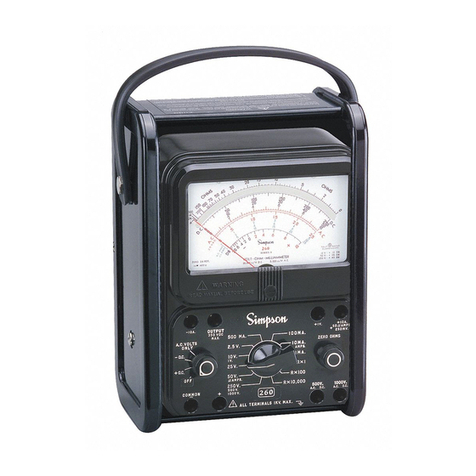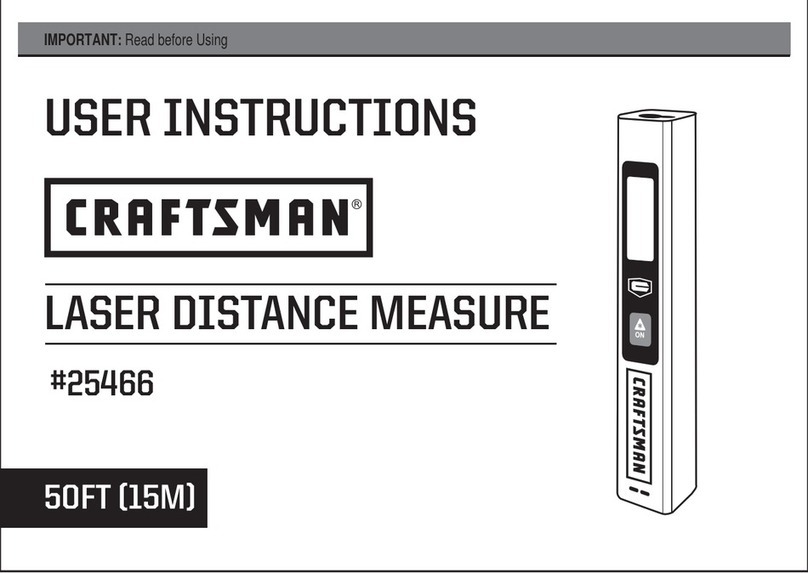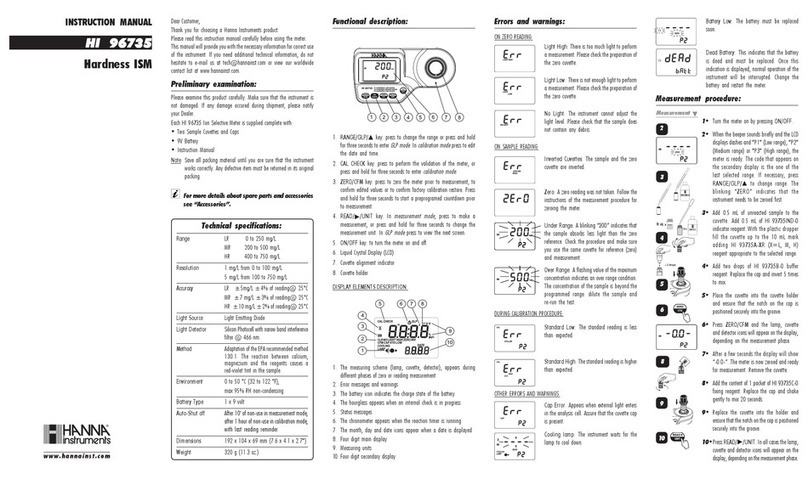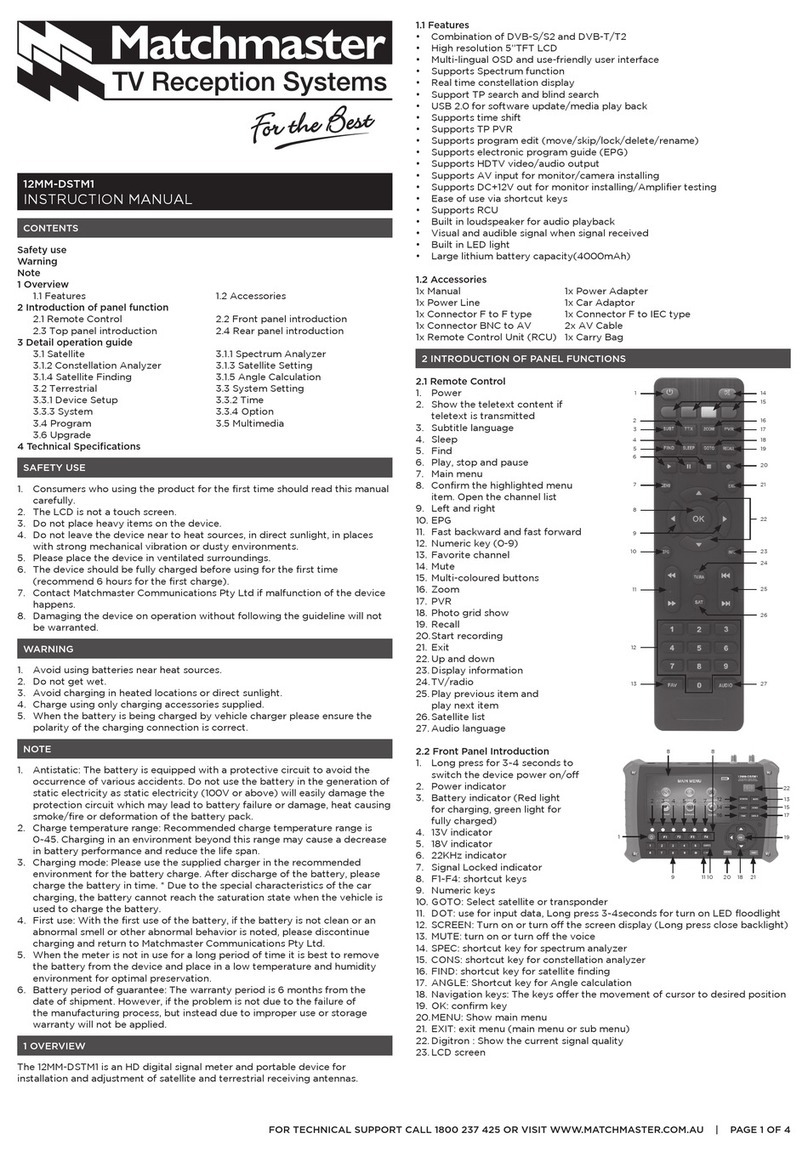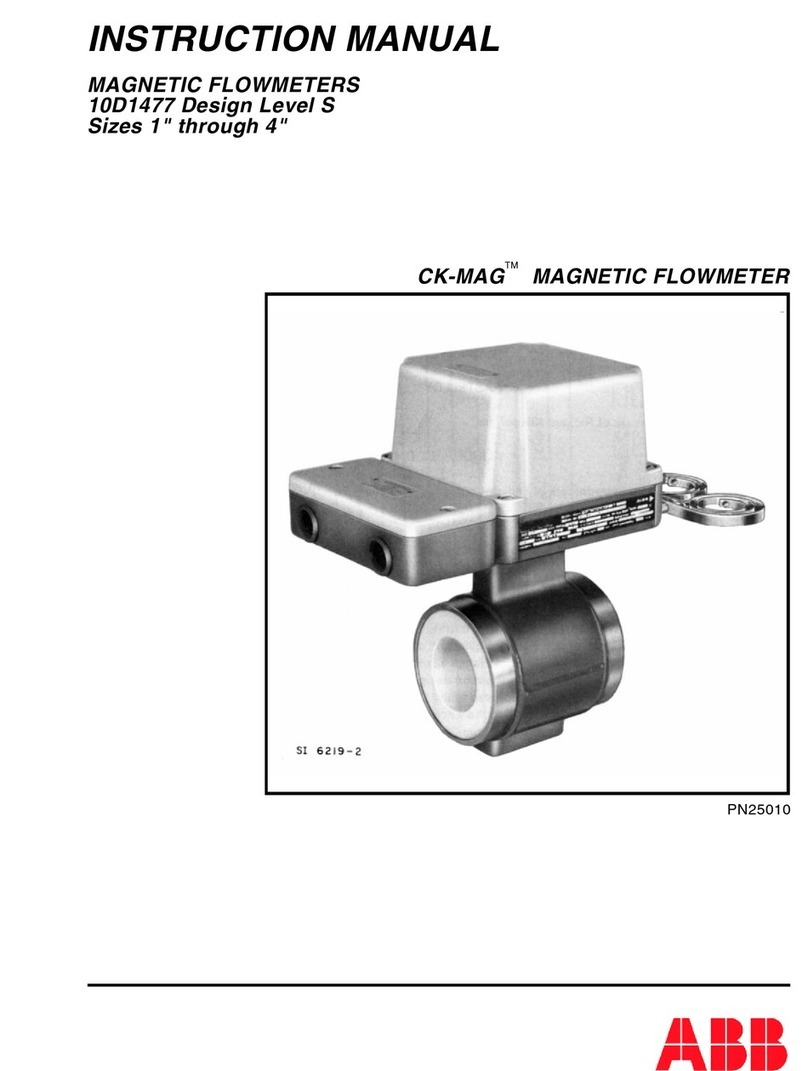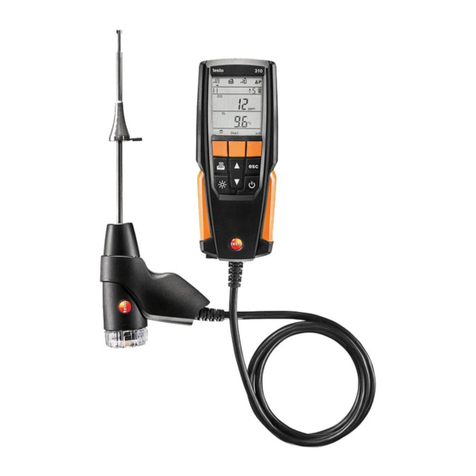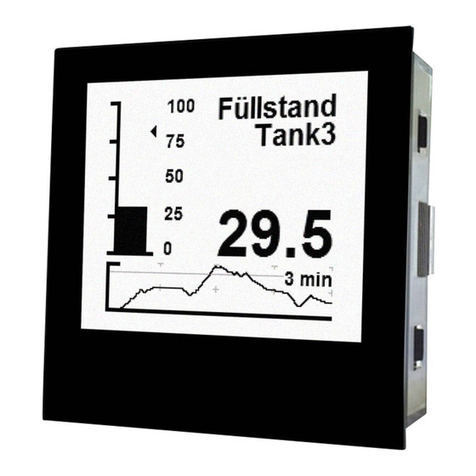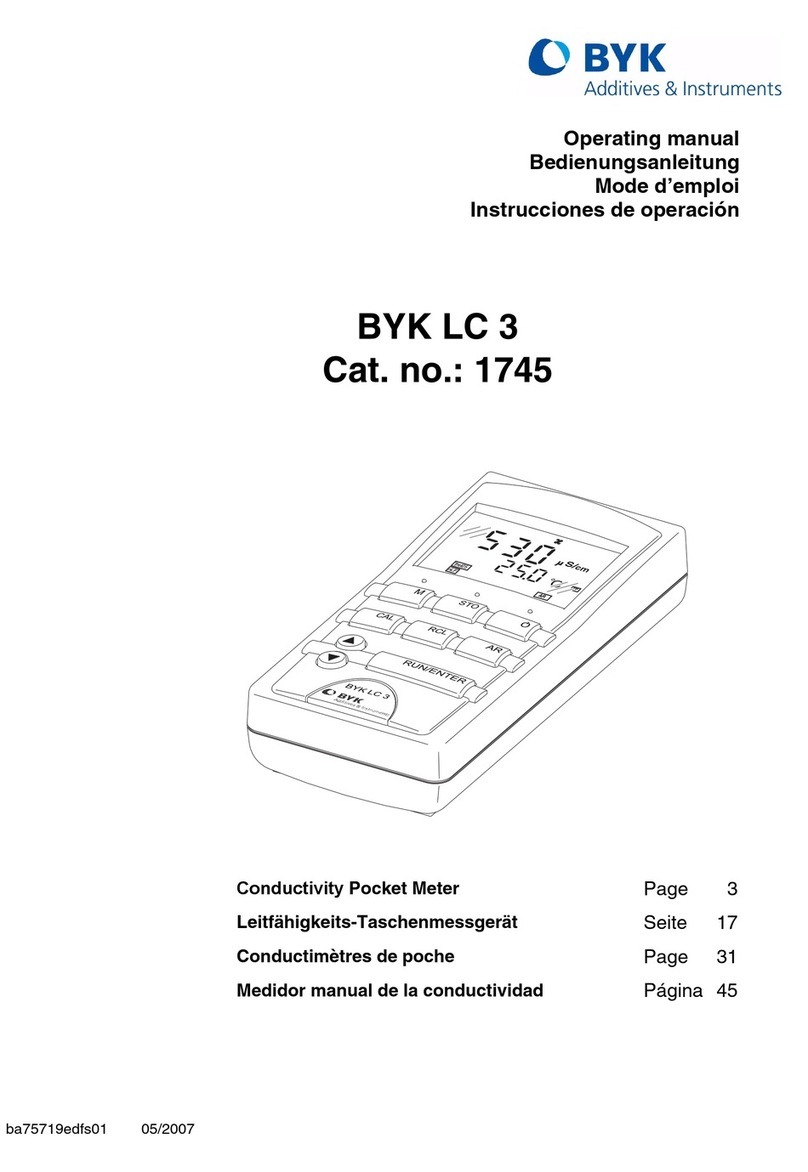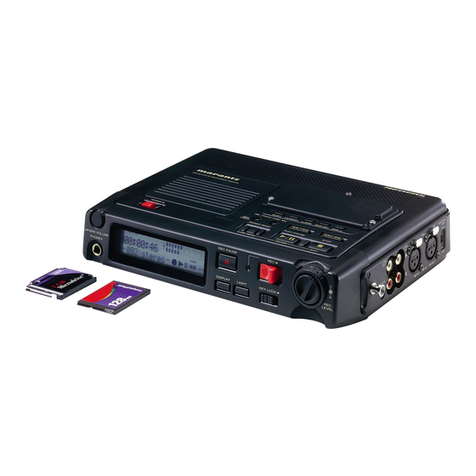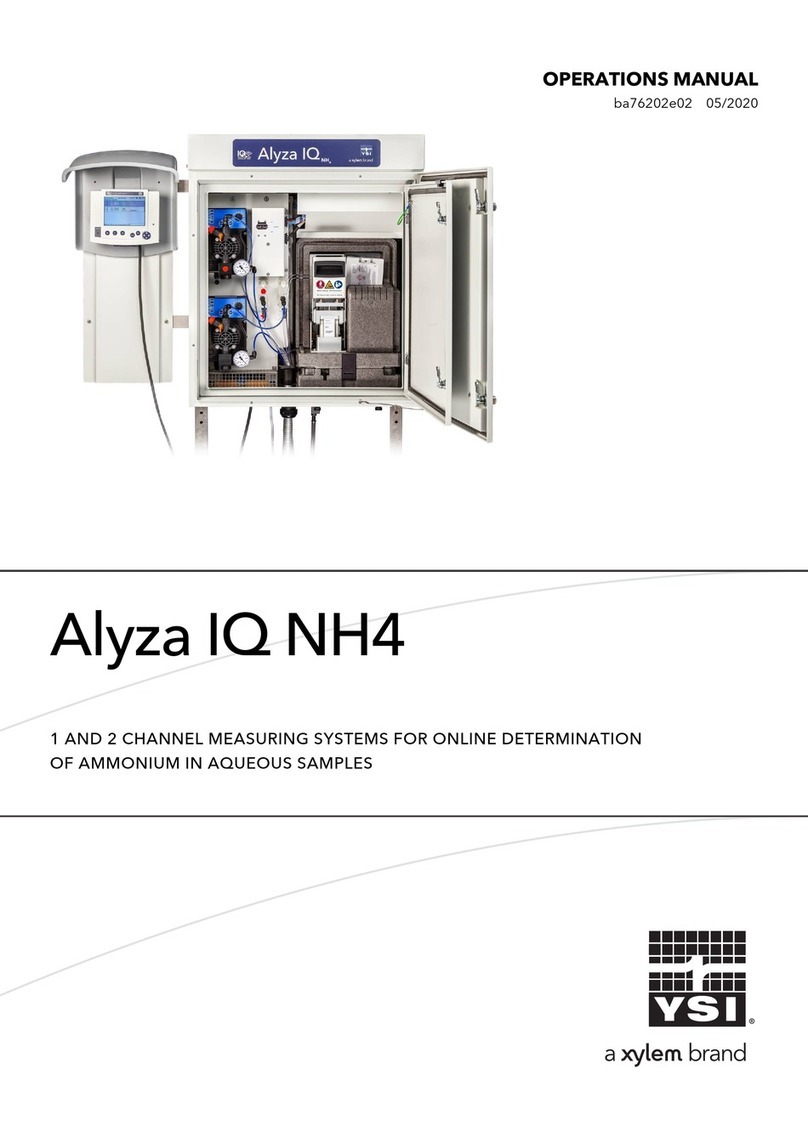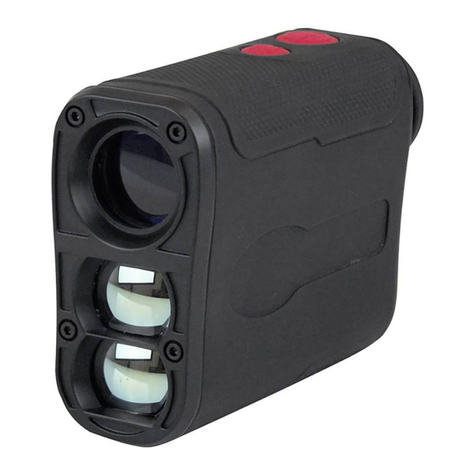Simpson 215 User manual




















Other Simpson Measuring Instrument manuals
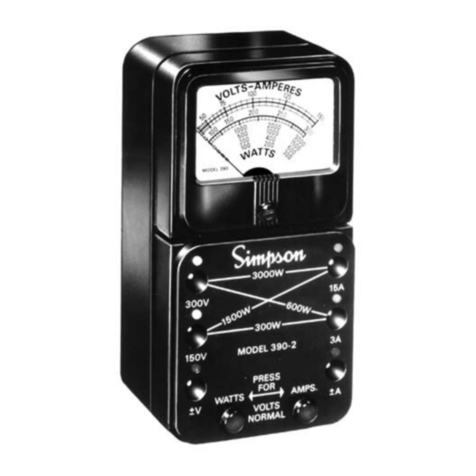
Simpson
Simpson 390-2 User manual

Simpson
Simpson ES 1000/400A User manual
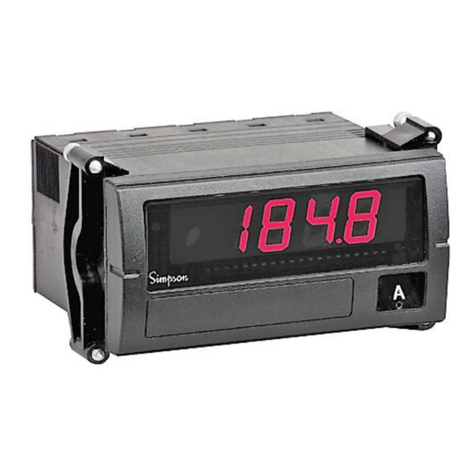
Simpson
Simpson Falcon F35 Series User manual
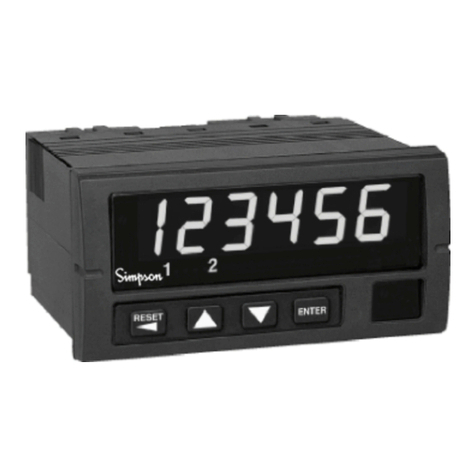
Simpson
Simpson S663 User manual

Simpson
Simpson 886-2 User manual
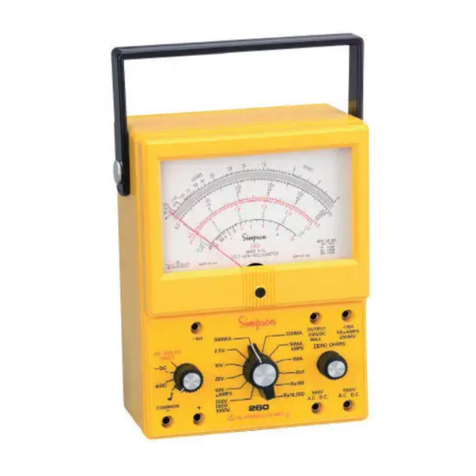
Simpson
Simpson 260-8XPI User manual
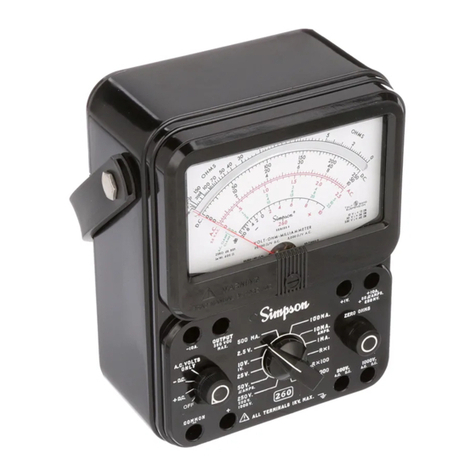
Simpson
Simpson 260 series 5M User manual
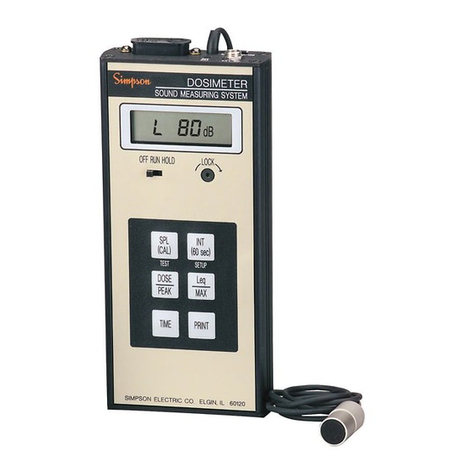
Simpson
Simpson 897 User manual
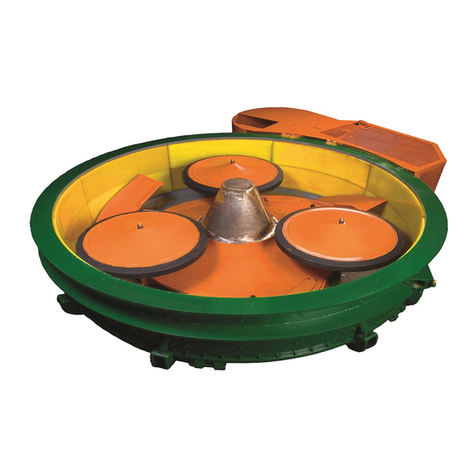
Simpson
Simpson SPEEDMULLER User manual
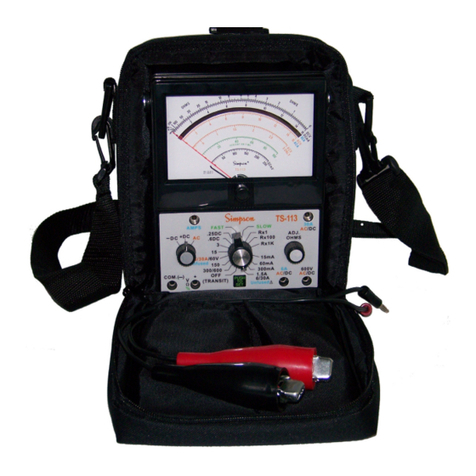
Simpson
Simpson TS-113 User manual

Simpson
Simpson 2865 User manual
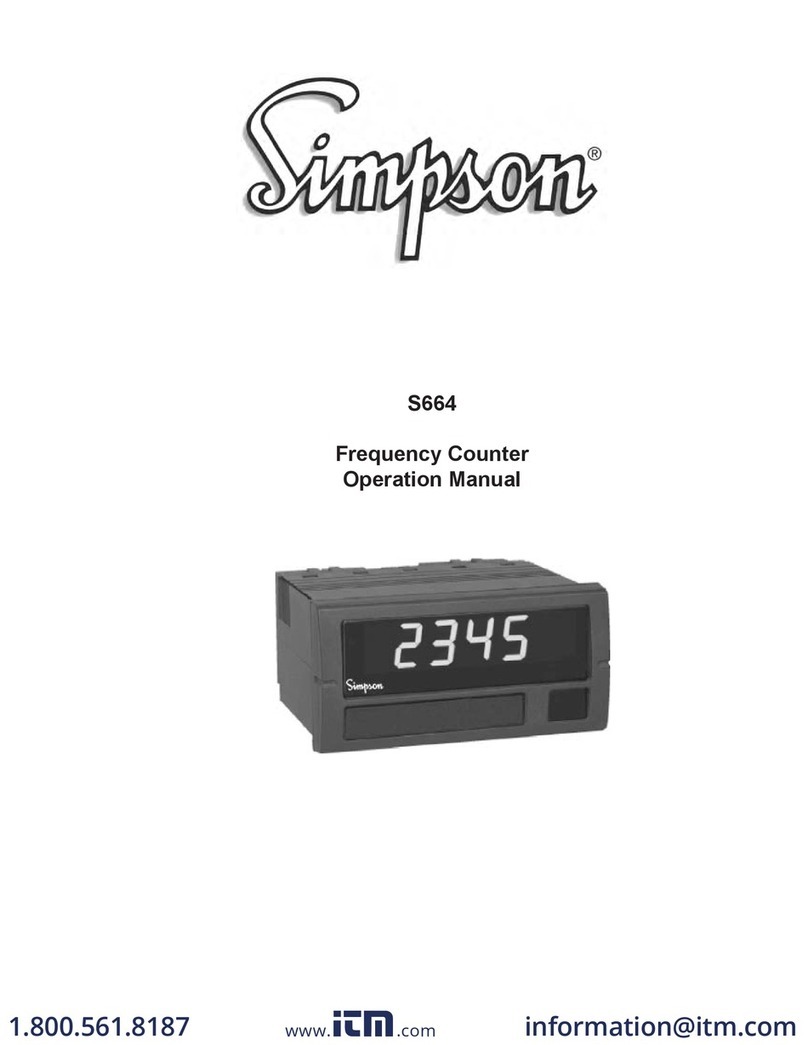
Simpson
Simpson S664 User manual
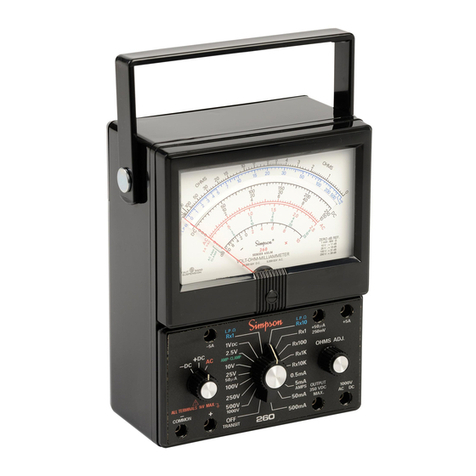
Simpson
Simpson 260-6XLM User manual
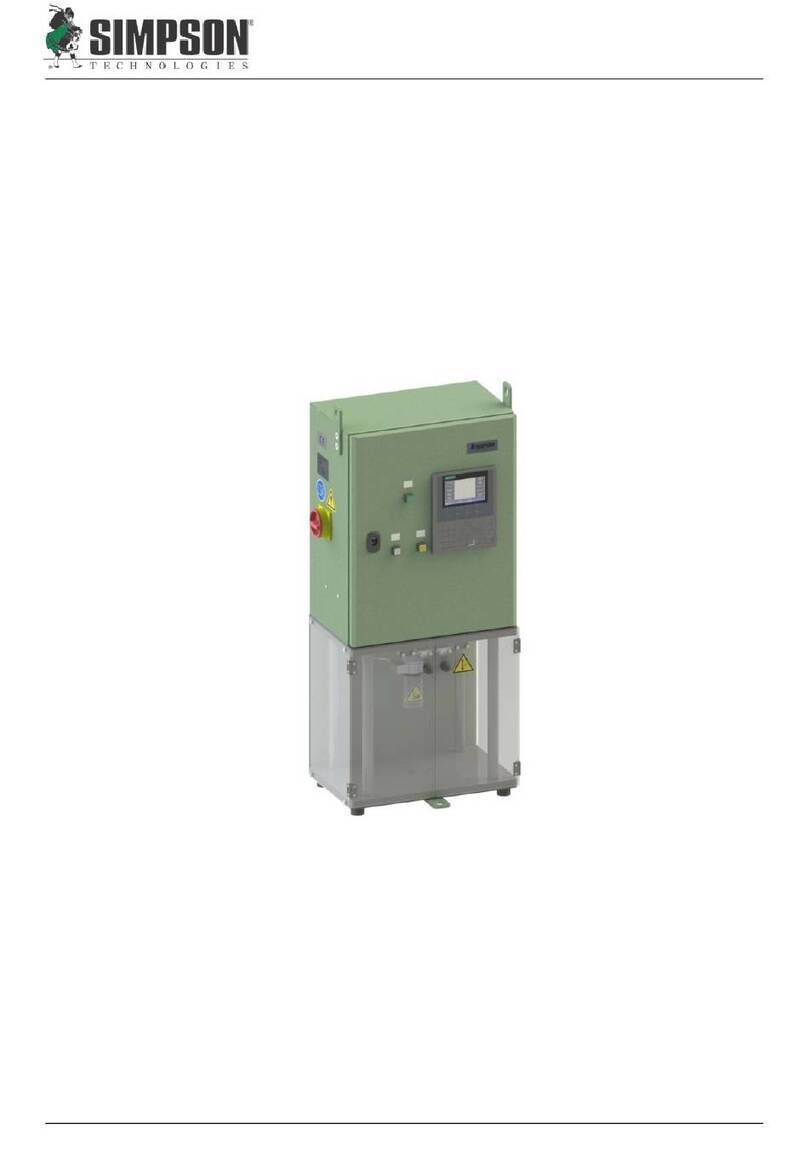
Simpson
Simpson Minilab PVF-C User manual
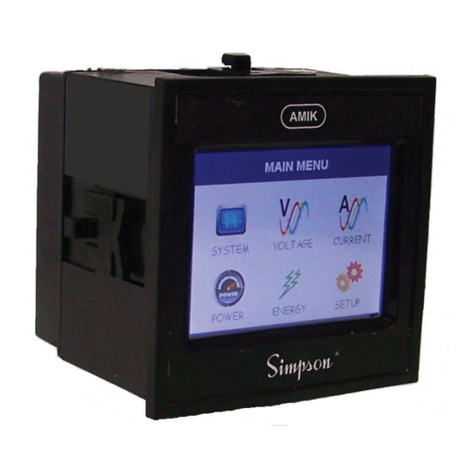
Simpson
Simpson Amik 301 User manual
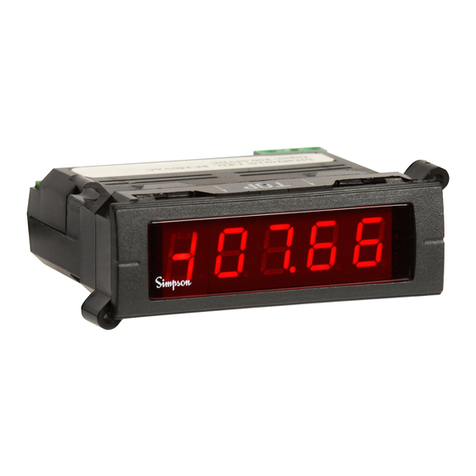
Simpson
Simpson Mini-Max series User manual
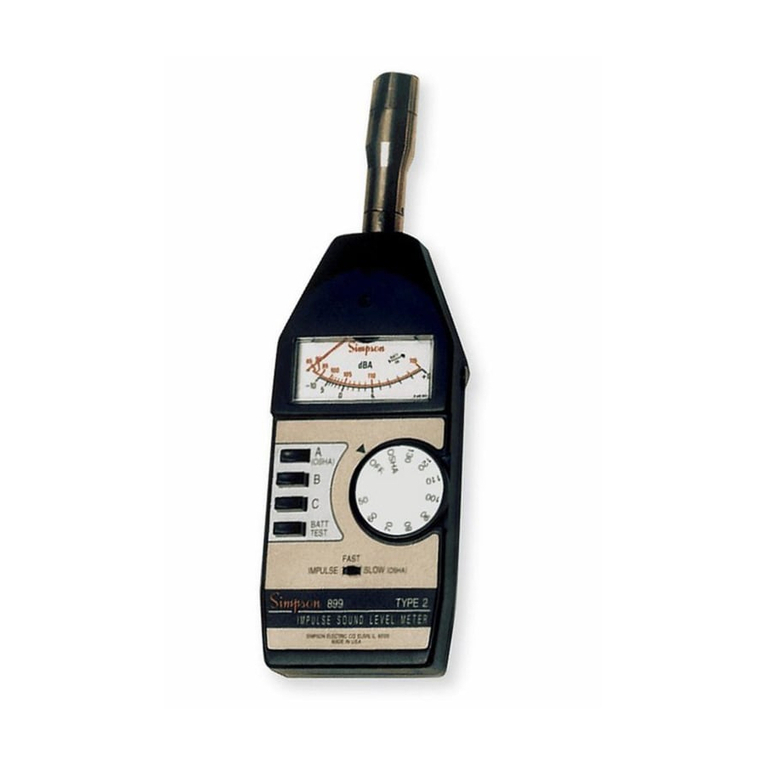
Simpson
Simpson 884-2 User manual
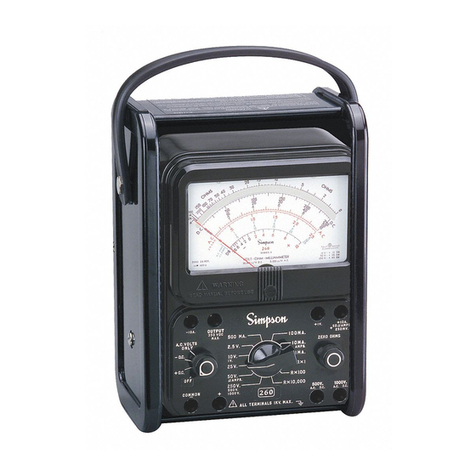
Simpson
Simpson 260-8P User manual

Simpson
Simpson 260-8XI User manual
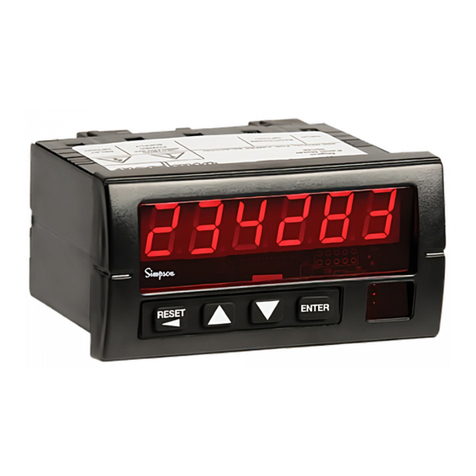
Simpson
Simpson S662 User manual
Popular Measuring Instrument manuals by other brands
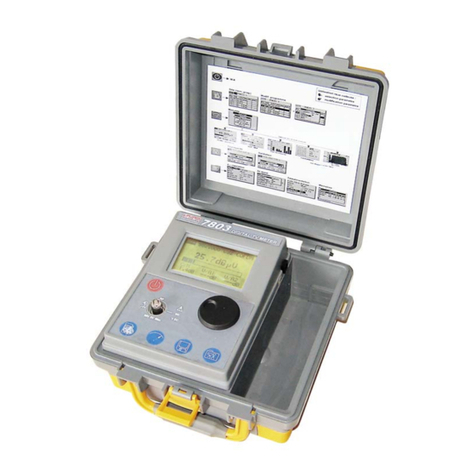
SEFRAM
SEFRAM 7803B user manual
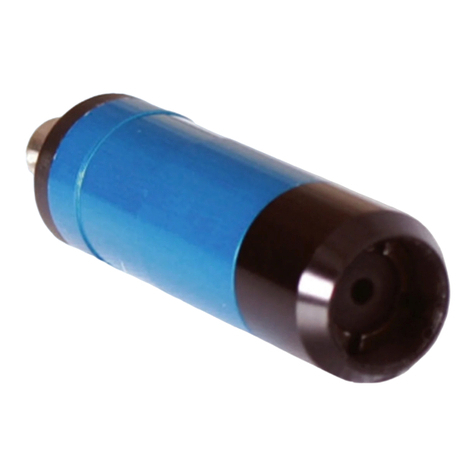
Global Laser
Global Laser BlueLyte LC user guide

HB Products
HB Products HBSR instruction manual
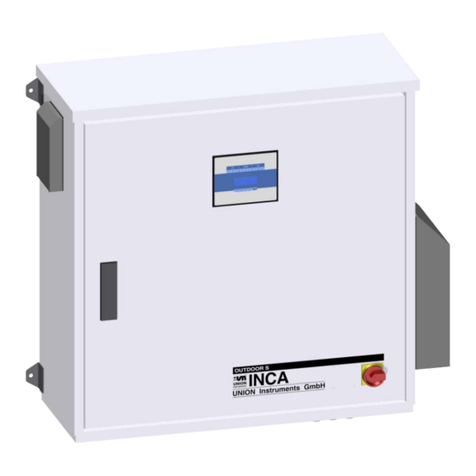
Union Instruments
Union Instruments INCA6004 Translation of the original operating instructions

VWR
VWR VisiScope 200 Series instruction manual

ANTEK
ANTEK 9000 Series Installation, operation & service manual

